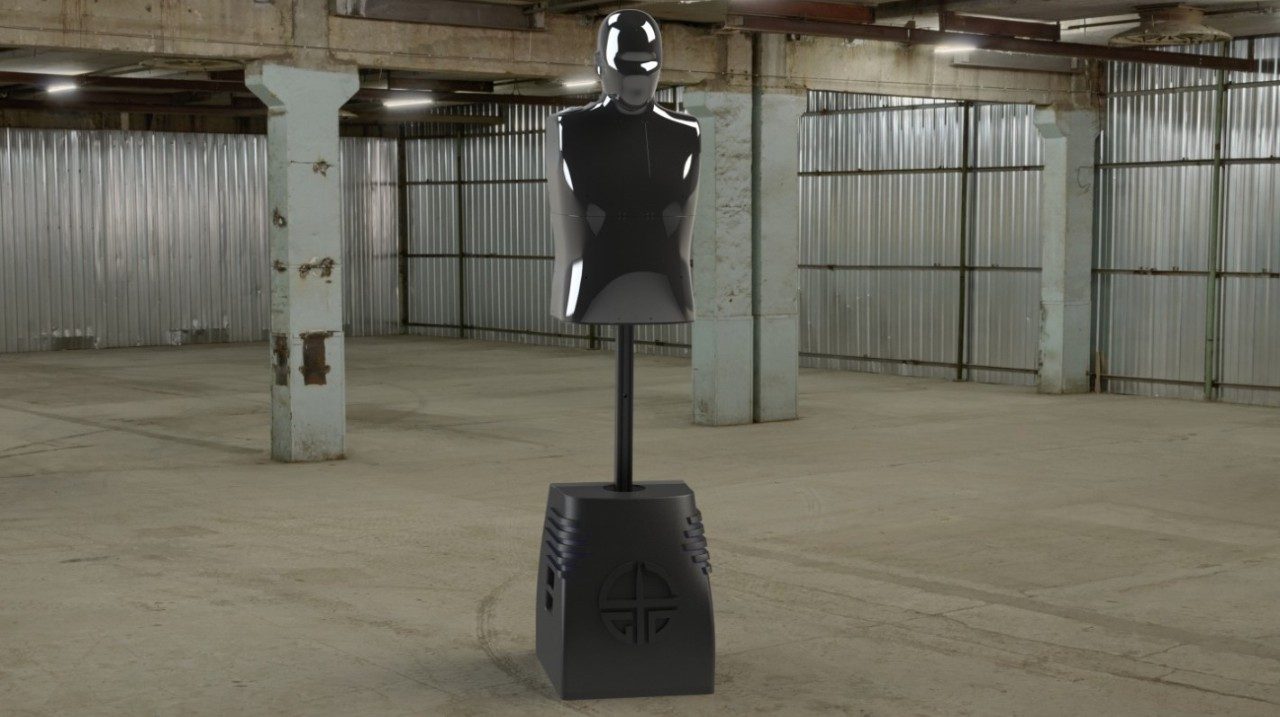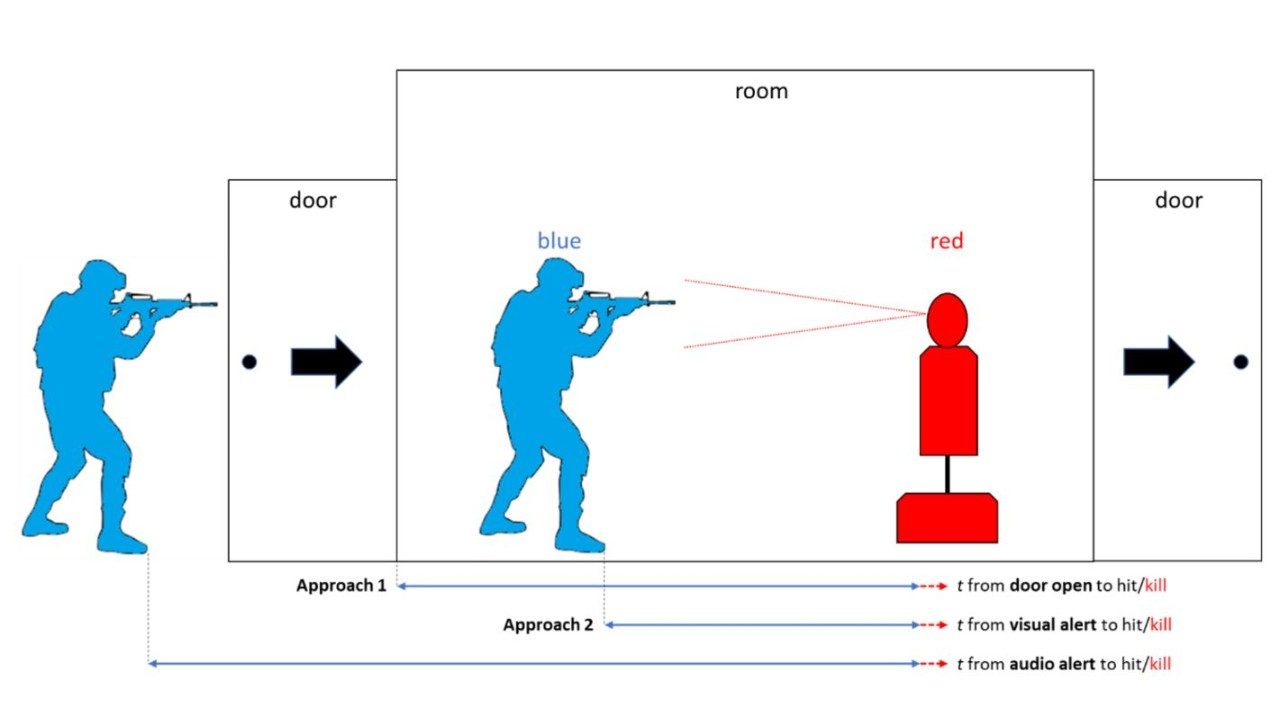Operational Impacts of Training Technologies
How big do militaries need to be? Utilising robotics and automation to refine vulnerability and lethality data and it’s impact on force structure.
Despite the 150 years that have passed since the last line infantry battle, as well as the acceleration of technology in the same period, the understanding of the underlying data of conflict and lethality has not improved at the same speed. This lack of availability of objective real world lethality data means that examining opensource data from the hunting world is one of very few alternative options, such as Roe Deer shooting data.
Complex geographies (e.g. urban), tactics and technology has seen doctrinal development drift more into the subjective, and anecdotal, which has, in turn, allowed decisions to be made on force laydown without the potential operational impacts being assessed numerically. These WarDev decisions, should be made as objectively as possible to ensure force types are as relevant as possible for contemporary conflict and to avoid the, potentially, false narrative that technological advancements can overcome reduced military sizes.
Experimenting with robotic targetry
4GD’s SimStriker robotic target has been in use within elements of the British Army for just under a year.

The target is capable of both representing human behaviours/decision making processes as well as passively recording where it is hit to a high degree of accuracy. For the last six months, the data being captured on these targets, includes:
- Where was the target hit,
- how long was it from initial hit before the target was “killed”,
- did the target “see” the shooter before being hit,
- did the target hear the shooter before being hit,
- did the target sense light before being hit,
- did the target fire back,
- what alertness setting was the target on, and
- when did a relevant door open in correlation with the target being “hit”.
This data is analysed through 4GD’s EcfectOS system (leveraging data analytics and AI) in order to understand two simple and achievable outcomes;
WarDev: What is the win/loss of troops entering an enclosure with an enemy force (of determinable alertness and accuracy) entering an urban enclosure. Once that metric is established how could this, in a very simplistic manner, be extrapolated upwards against force size/intended operational output.

CapDev: In order to keep the objectives simple we will analyse the data and assess whether there is any correlation between accuracy/engagement speeds and the side of the room the target is located (Left/Right of the door). This is with a view to understanding whether having a right shoulder fired weapon (SA80) has an impact on operational performance.
What are we learning and what’s next
It is a truism that improving accuracy and speed would increase survivability as much today as it did on the battlefields of the Napoleonic era. The data is already exposing a number of interesting/expected trends, is the next level of objective detail and how it can inform both doctrinal updates and enhance soldier’s decision making processes. In essence how, in time, modern low level training technologies can both improve operational performance but also inform decisions about future military sizes. Similarly, we hope that this improved vulnerability and lethality data can enable an improvement in the underlying assumptions behind constructive collective training. In essence ensuring the methodology underpinning command and staff training is based in objective fact.
The intent of the study is to show the huge untapped operational capability that could be realised through the acquisition, use and understanding of contemporary technologies.
Rob Taylor founded 4GD in 2016 and currently acts as the Managing Director. From 2005 to 2014 he served in the Royal Marines, deploying twice to Afghanistan. During his time in the military Rob specialised in urban operations, rewrote the training process for the RM(R) and studied the use of technology for night-time operations. After leaving the military he spent 2 years at HSBC, before founding 4GD with the aspiration of making it the leading provider of technological enhanced training.




